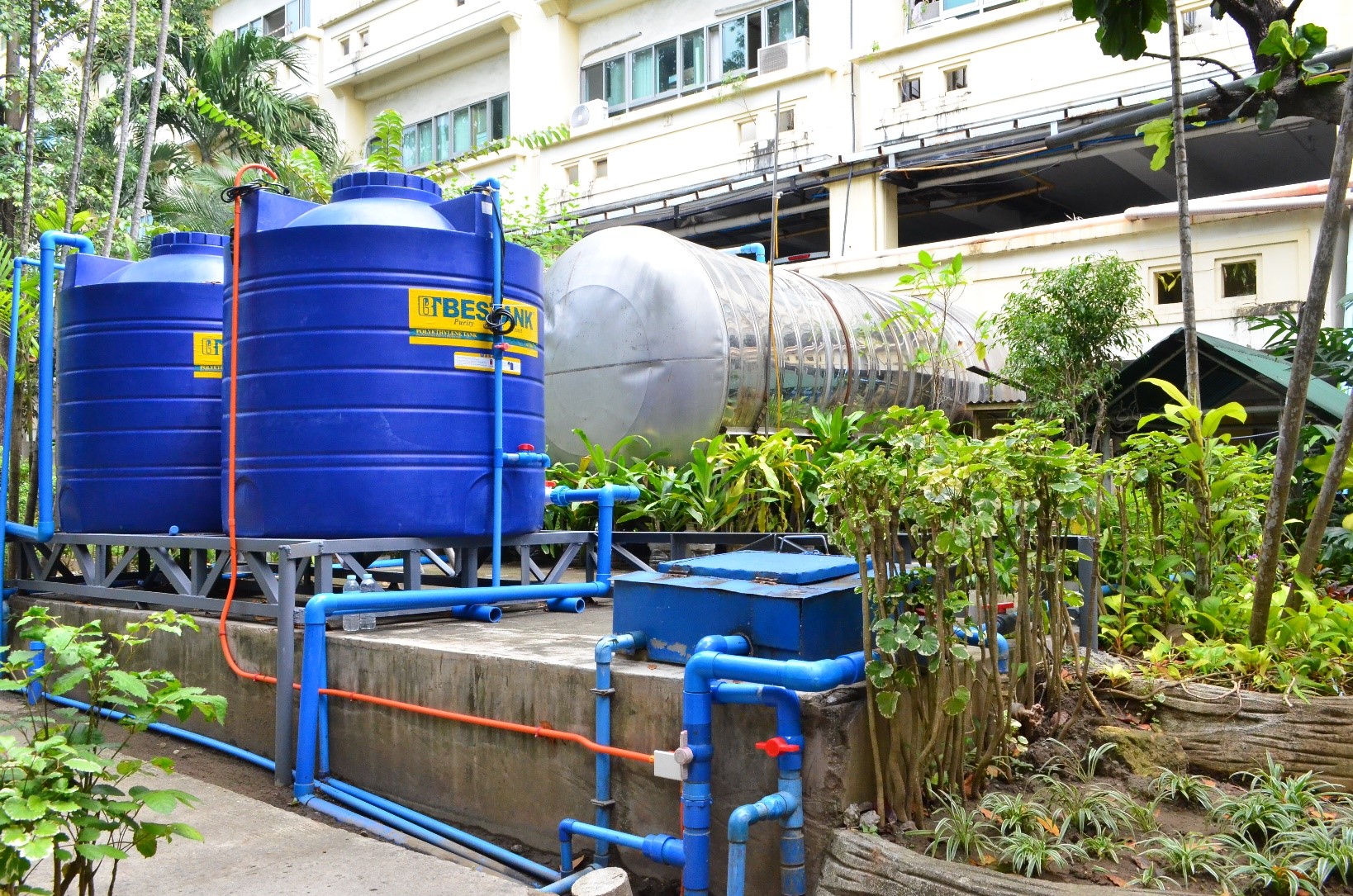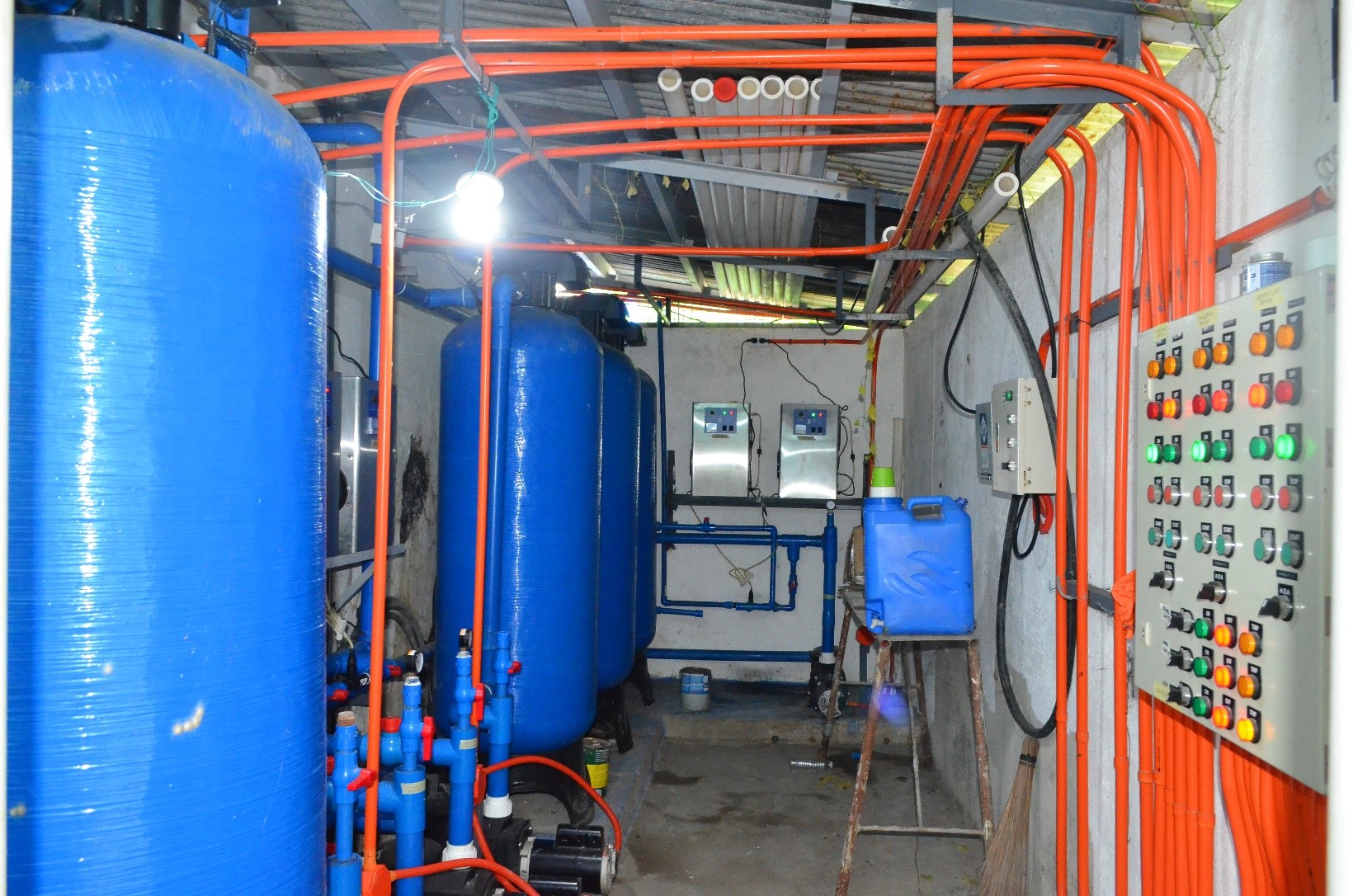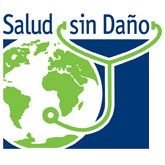From streams to streets: Low-carbon water and transportation strategies
St. Paul’s Hospital of Iloilo, Philippines
Case study summary
St. Paul's Hospital of Iloilo is a health facility that prioritizes environmental sustainability. The primary goal of this initiative is to alleviate financial and resource burdens that hospitals experience due to migration of populations, increasing demand, and lifestyle standards of patients. The hospital focused on improving operations without substantial infrastructure alterations to create a sustainable and cost-effective health care system that can cater to growing demands.
Demographic information
- City: Iloilo City
- State/province/region: Iloilo Province, Region VI
- Country: Philippines
- Type of institution: Non-stock, nonprofit general hospital
- Number of full-time staff: 677
- Number of part-time staff: 56
- Number of beds: 180 beds
- Patient population served annually
- Number of patients served annually
- 19,131 inpatient
- 4,907 outpatient
- Geographic area served: 46,204
- Health equity concerns experienced by your population: poverty, high cost of basic services, access to quality health care

The issue
Rising water demands and damaged fixtures and pipelines causing leakages pose challenges in Iloilo City. The local water utility company increased its utilization rate by almost 6% from 2021 to 2022, which has had an impact on the community.
Transportation is also a primary contributor to air pollution, resulting in carbon emissions that contaminate the environment and contribute to climate change. This can lead to a range of acute and chronic health problems, including asthma, strokes, heart attacks, and dementia.
Hospital goals
- Reduce operational cost/expenses
- Reduce carbon dioxide emissions
- Reduce waste production and conserve resources
- Build camaraderie, wellness, and fitness.
- Promote clean energy
- Promote/support tourism and environmental activities
Sustainability strategy implemented
SPHI is taking proactive measures to adopt a variety of innovative initiatives including waste management, energy and water conservation, building design, food sourcing, and transportation to reduce greenhouse gas emissions produced by the hospital. This case study will feature interventions addressing water management and transportation.
- The hospital recycles ozonated wastewater from its sewage treatment plant to flush toilets and water the garden at the St. Paul’s Integrated Center of Expertise building.
- Iloilo City is known as the bike capital of the Philippines, and has made efforts to promote outdoor activities and healthy lifestyles to reduce carbon emissions.

Implementation process
The Department of Engineering and Maintenance monitors the hospital’s monthly water use to gradually minimize consumption and expenses. By recycling and reusing wastewater, which has a monthly output of 1,380 cubic meters, the facility is able to save ₱ 124,200/$2,480 every month.
The hospital’s sewage treatment plant works on five-to-six-hour cycles producing about 18-21 cubic meters of reprocessed water per cycle. Each cycle takes about three hours to process wastewater for reuse and about 2.78 hours to fill up the reservoir. The treatment facility can run about four cycles in a day, producing 72 to 84 cubic meters of recycled water. The institution’s aging pipelines and high water bills raised some concerns. To address these issues, the local water company was asked to replace a clogged water meter that may have affected the accuracy of the readings.
The institution also requested the replacement of other deteriorated components in its water distribution system.
The hospital also practices rainwater harvesting, which collects 162.80 cubic meters per month and generates additional savings of ₱ 14,172.77/$283. The harvested water is utilized in the laundry department for washing and flushing the toilets in the main building. Staff uses ozonators to disinfect laundry instead of chemicals. The facility has also installed water stations and given glass canisters and tumblers to staff to eliminate the use of plastic bottles. Additionally, backwash water from the R.O. of hemodialysis is utilized in the laundry department.
Medical professionals and staff, whose ages range from 24 to 55, have engaged in various activities such as joining biker clubs, participating in art exhibits and lectures during Earth Week, and promoting carpooling and turning off parked cars. SPHI bikers club members meet once a week to receive safety training, and they get regular updates on a group chat to coordinate events the organization plans.


Tracking progress
Saving water and expenses
The facility utilizes GGHH data forms and tools in Hippocrates to monitor activities including emissions from employee commuting. Regular monitoring of water utilization is also done by the Department of Engineering and Maintenance.
The water utilization rate at SPHI had increased by 8% from ₱17,552,522.46 / $351,050.45 to ₱19,001,873.99 / $380,037.48. This was mainly due to higher patient admission rates and overall consumption. To manage this situation, the hospital asked the water utility company to re-evaluate its billing process and charge the institution solely for the amount of water actually used.


Biking for transportation and the planet
The success of the bicycle initiative is determined by the number of staff and doctors who become members of the club, as well as tracking how often hospital employees and medical staff use bicycles for transportation. Currently,120 staff members ride bikes, with 89 being employees and 31 medical staff. Although not all employees actively cycle during their work hours, it has been proven that cycling reduces CO₂emissions by 90% more than driving a car.

Progress achieved
- Wastewater recycling saves approximately ₱124,200/$2,300 per month and produces 1,380 cubic meters of recycled water each month.
- Rainwater harvesting, which saves about ₱14,170/$270 per month.
- Reducing operational costs and expenses.
- Reducing carbon dioxide emissions.
- Promoting camaraderie and wellness through fitness.
- Supporting clean energy.
- Promoting local tourism and environmental activities.
- Encouraging cooperation and coordination among members.
- Collaborating with local governments and NGOs.
- Conserving water consumption.
- Reducing air and water pollution.
Challenges and lessons learned
General challenges:
- Appointing dedicated personnel for sustainable initiatives.
- Adapting to evolving government policies.
- Securing funds for decarbonization initiatives.
- Addressing awareness and cooperation gaps.
Specific challenges:
- Monitoring water consumption and maintaining the distribution system
- Tracking the progress of issues with the water company.
- Enhancing safety for rural bikers with an 8.3km bike lane amid high-speed traffic.
Next steps
SPHI strives to lower its ecological footprint, safeguarding the environment and health care workers' well-being. The facility aims to persistently track consumption and curb costs and emissions. Forthcoming initiatives involve securing bike facilities, increasing staff decarbonization awareness, and encouraging active participation in eco-friendly events. Furthermore, SPHI is committed to sharing knowledge with other organizations through benchmarking and education initiatives.
